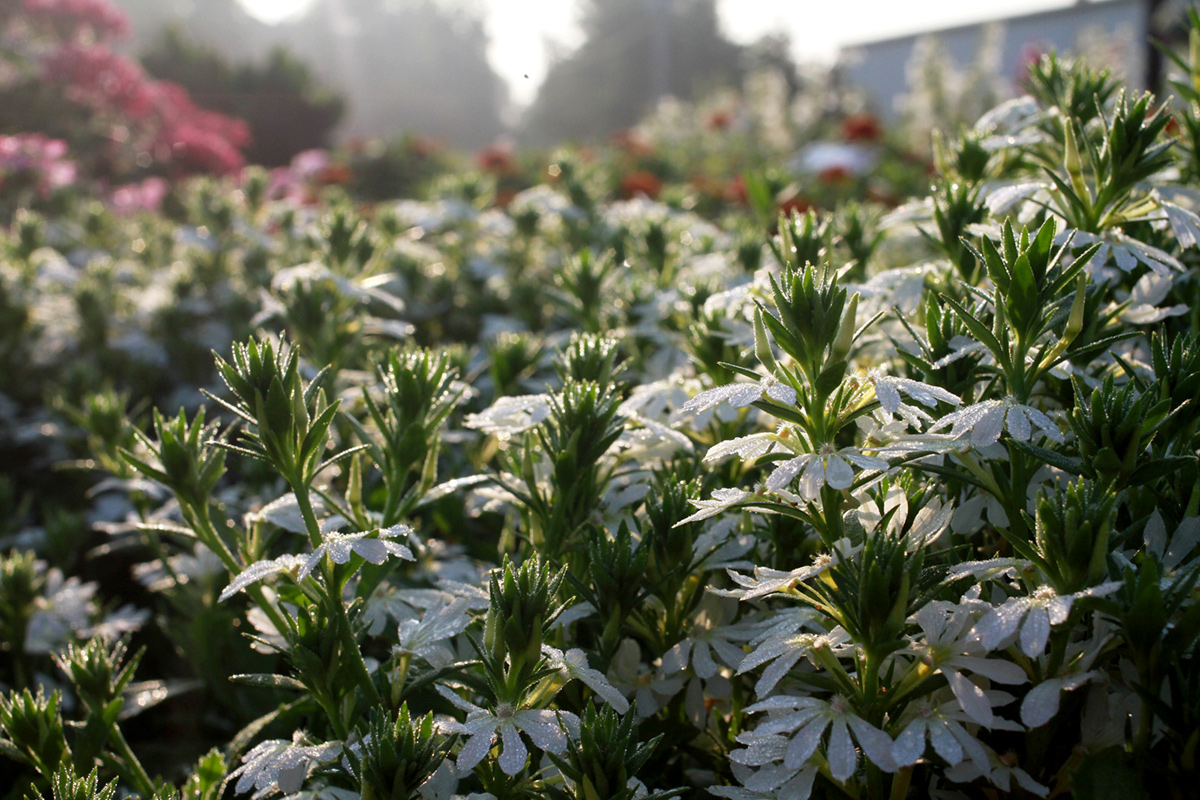Posted on February 27th, 2024 in Uncategorized | No Comments »
Preparing your garden for spring is an exciting time, as it sets the stage for a season of growth, color, and abundance. Here’s a checklist of tasks to help you get your garden ready for the arrival of spring:
- Clean Up:
- Remove any debris, dead leaves, and fallen branches from the garden beds, pathways, and lawn.
- Clear out any weeds that have emerged over the winter months.
- Clean and sharpen garden tools, such as pruners, shears, and shovels, in preparation for spring gardening tasks.
- Soil Preparation:
- Loosen and aerate the soil in garden beds using a garden fork or tiller to improve drainage and root penetration.
- Incorporate organic matter such as compost, aged manure, or composted leaves into the soil to enrich its fertility and structure.
- Test the soil pH and nutrient levels and amend as necessary based on the needs of your plants.
- Pruning and Trimming:
- Prune deciduous trees and shrubs while they are still dormant to remove dead, damaged, or crossing branches and encourage healthy growth.
- Trim back overgrown perennials and ornamental grasses to promote new growth and maintain a tidy appearance.
- Cut back any dead or frost-damaged foliage from herbaceous perennials and ornamental plants.
- Divide and Transplant:
- Divide overcrowded clumps of perennials such as hostas, daylilies, and ornamental grasses to rejuvenate the plants and create more space in the garden.
- Transplant any shrubs or perennials that need to be relocated to a new spot in the garden while they are still dormant.
- Inspect and Repair:
- Inspect garden structures such as trellises, fences, and garden beds for any damage caused by winter weather and repair as needed.
- Check irrigation systems, hoses, and watering cans for leaks or damage and repair or replace as necessary.
- Plan and Plant:
- Take stock of your garden layout and make plans for any new additions or changes you’d like to make this spring.
- Start seeds indoors for vegetables, annual flowers, and herbs that require an early start, or purchase transplants from a nursery.
- Plant cool-season vegetables and annual flowers directly into the garden beds once the soil is workable and temperatures are suitable.
- Mulching:
- Apply a layer of organic mulch, such as shredded bark, compost, or straw, to garden beds to help suppress weeds, retain moisture, and regulate soil temperature.
- Mulch around trees, shrubs, and perennial plants, leaving a gap around the base of each plant to prevent moisture-related issues.
- Pest and Disease Management:
- Monitor your garden for signs of pests and diseases and take proactive measures to address any issues before they become widespread.
- Install physical barriers, such as row covers or netting, to protect vulnerable plants from pests like aphids, caterpillars, and birds.
By following these tasks, you’ll be well-prepared to welcome the arrival of spring and set the stage for a successful gardening season ahead. Enjoy the process of rejuvenating your garden and watching it come to life with the vibrant colors and lush growth of spring!
